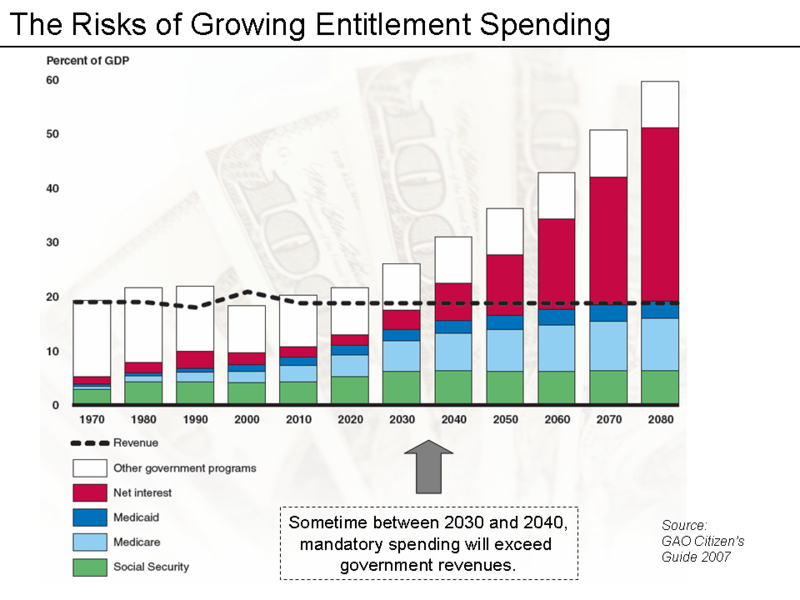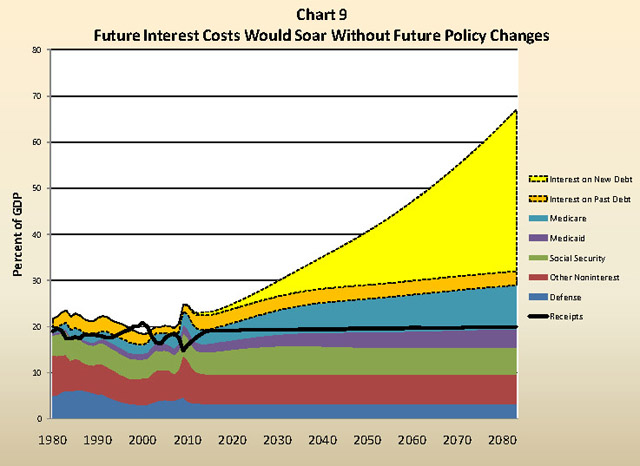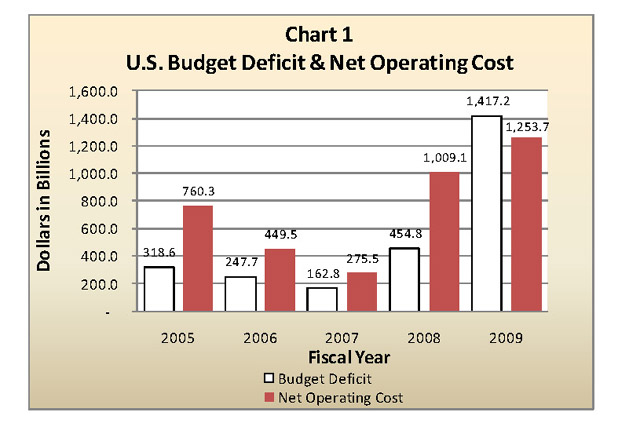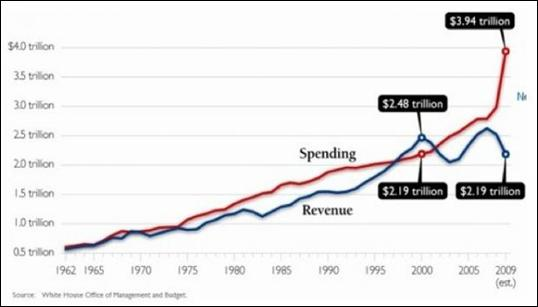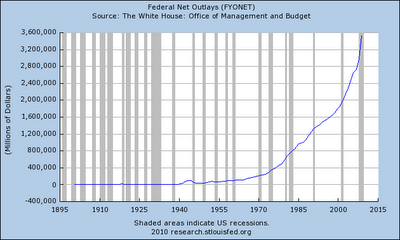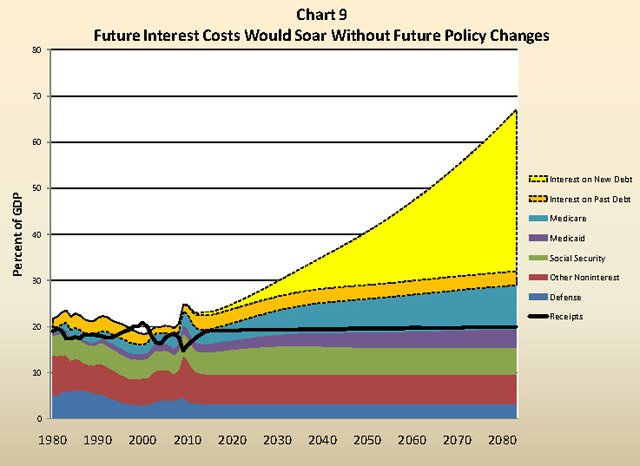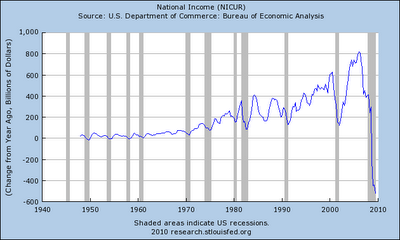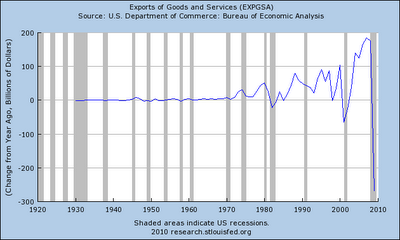 For decades we were warned that when the Baby Boomers started to retire that this country would be facing a retirement crisis of unprecedented magnitude. Well, that day has arrived ladies and gentlemen. Back on January 1st, the Baby Boomers began to retire and more than 10,000 of them will be retiring every single day for years to come. Most of them have not saved up nearly enough money for retirement. At the same time, private sector pension plans are failing all over the place, hundreds of state and local government pension plans from coast to coast are woefully underfunded, and the Social Security system is on the road to complete and total disaster. A massive wave of humanity is hitting retirement age at a moment in history when the U.S. economy is coming apart at the seams. We do not have the resources to keep the promises that we made to the Baby Boomers, and most of them have not made adequate preparations for retirement. What we have is a gigantic mess on our hands, and millions of Baby Boomers are going to find retirement to be very bitter and very painful.
For decades we were warned that when the Baby Boomers started to retire that this country would be facing a retirement crisis of unprecedented magnitude. Well, that day has arrived ladies and gentlemen. Back on January 1st, the Baby Boomers began to retire and more than 10,000 of them will be retiring every single day for years to come. Most of them have not saved up nearly enough money for retirement. At the same time, private sector pension plans are failing all over the place, hundreds of state and local government pension plans from coast to coast are woefully underfunded, and the Social Security system is on the road to complete and total disaster. A massive wave of humanity is hitting retirement age at a moment in history when the U.S. economy is coming apart at the seams. We do not have the resources to keep the promises that we made to the Baby Boomers, and most of them have not made adequate preparations for retirement. What we have is a gigantic mess on our hands, and millions of Baby Boomers are going to find retirement to be very bitter and very painful.
A lot of younger Americans just assume that Social Security is enough to take care of the needs of elderly Americans. But that is just not the case.
Have you ever tried to live solely on a Social Security check?
It is not easy. The truth is that those checks are just not that large.
The following comes directly from the Social Security Administration….
The average monthly Social Security benefit for a retired worker was about $1,177 at the beginning of 2011.
Could you live on less than 300 dollars a week?
And keep in mind that the $1,177 monthly figure is just an average. Many receive a lot less than that.
In addition, Social Security benefits have been seriously squeezed by inflation in recent years. The cost of food and other basics has risen briskly and Social Security benefits have not.
Today, many elderly Americans have to make a choice between buying food, heating their homes or buying medicine that they need. They simply do not have enough money to do all of them.
It would have been nice if all of the Baby Boomers had been busy saving money for retirement all these years, but that just did not happen. In fact, the Baby Boomers as a group are trillions of dollars short of what they need for retirement.
So why doesn’t the U.S. government step in to help them out?
Well, the reality of the situation is that the U.S. government is flat broke. The federal government is now over 15 trillion dollars in debt. During the Obama administration so far, the U.S. government has accumulated more new debt than it did from the time that George Washington took office to the time that Bill Clinton took office.
Lawmakers are already looking at ways to make the Social Security program less costly. No, the federal government is not going to be riding to the rescue.
In fact, it will be a minor miracle if the Social Security program is able to survive until the end of this decade, and it will be a major miracle if the Social Security program is able to survive until 2030.
As for myself, I do not believe that I will ever see a single penny from Social Security, and many other working age Americans feel the same way.
Retirement is supposed to be a fun time, but sadly most Americans that are approaching retirement age are not going to have any “golden years” to look forward to.
Rather, millions of elderly Americans are going to find the years ahead absolutely agonizing as they struggle just to survive.
The following are 25 bitter and painful facts about the coming Baby Boomer retirement crisis that will blow your mind….
#1 According to the Employee Benefit Research Institute, 46 percent of all American workers have less than $10,000 saved for retirement, and 29 percent of all American workers have less than $1,000 saved for retirement.
#2 According to a recent poll conducted by Americans for Secure Retirement, 88 percent of all Americans are worried about “maintaining a comfortable standard of living in retirement”. Last year, that figure was at 73 percent.
#3 A study conducted by Boston College’s Center for Retirement Research has found that American workers are $6.6 trillion short of what they need to retire comfortably.
#4 Today, one out of every six elderly Americans lives below the federal poverty line.
#5 On January 1st, 2011 the very first Baby Boomers started to retire. For almost the next 20 years, more than 10,000 Baby Boomers will be retiring every single day.
#6 At the moment, only about 13 percent of all Americans are 65 years of age or older. By 2030, that number will soar to 18 percent.
#7 Right now, there are somewhere around 40 million senior citizens. By 2050 that number is projected to increase to 89 million.
#8 Back in 1991, half of all American workers planned to retire before they reached the age of 65. Today, that number has declined to 23 percent.
#9 According to one recent survey, 74 percent of American workers expect to continue working once they are “retired”.
#10 According to a recent AARP survey of Baby Boomers, 40 percent of them plan to work “until they drop”.
#11 A poll conducted by CESI Debt Solutions found that 56 percent of American retirees still had outstanding debts when they retired.
#12 A study by a law professor at the University of Michigan found that Americans that are 55 years of age or older now account for 20 percent of all bankruptcies in the United States. Back in 2001, they only accounted for 12 percent of all bankruptcies.
#13 Between 1991 and 2007 the number of Americans between the ages of 65 and 74 that filed for bankruptcy rose by a staggering 178 percent.
#14 What is causing most of these bankruptcies among the elderly? The number one cause is medical bills. According to a report published in The American Journal of Medicine, medical bills are a major factor in more than 60 percent of the personal bankruptcies in the United States. Of those bankruptcies that were caused by medical bills, approximately 75 percent of them involved individuals that actually did have health insurance.
#15 Public retirement funds all over the United States are woefully underfunded. For example, it has been reported that the $33.7 billion Illinois Teachers Retirement System is 61% underfunded and is on the verge of complete collapse.
#16 Most U.S. states have huge pension obligations which threaten to bankrupt them. For example, pension consultant Girard Miller told California’s Little Hoover Commission that state and local government bodies in the state of California have $325 billion in combined unfunded pension liabilities. When you break that down, it comes to $22,000 for every single working adult in the state of California.
#17 Robert Novy-Marx of the University of Chicago and Joshua D. Rauh of Northwestern’s Kellogg School of Management have calculated the combined pension liability for all 50 U.S. states. What they found was that the 50 states are collectively facing $5.17 trillion in pension obligations, but they only have $1.94 trillion set aside in state pension funds. That is a difference of 3.2 trillion dollars. So where in the world is all of that extra money going to come from?
#18 According to the Congressional Budget Office, the Social Security system paid out more in benefits than it received in payroll taxes in 2010. That was not supposed to happen until at least 2016. Sadly, in the years ahead these “Social Security deficits” are scheduled to become absolutely nightmarish as hordes of Baby Boomers retire.
#19 In 1950, each retiree’s Social Security benefit was paid for by 16 U.S. workers. According to new data from the U.S. Bureau of Labor Statistics, there are now only 1.75 full-time private sector workers for each person that is receiving Social Security benefits in the United States.
#20 The U.S. government now says that the Medicare trust fund will run out five years faster than they were projecting just last year.
#21 The total cost of just three federal government programs – the Department of Defense, Social Security and Medicare – exceeded the total amount of taxes brought in during fiscal 2010 by 10 billion dollars. In the years ahead expenses related to Social Security and Medicare are projected to skyrocket dramatically.
#22 The Pension Benefit Guaranty Corporation is the agency of the federal government that pays monthly retirement benefits to hundreds of thousands of retirees that were covered under defined benefit pension plans that failed. The retirement crisis has barely even begun and the PBGC is already dead broke. The PBGC says that it ran a deficit of $26 billion during the fiscal year that just ended and that it will probably need a huge bailout from the federal government.
#23 According to a survey by careerbuilder.com, 36 percent of all Americans say that they don’t contribute anything at all to retirement savings.
#24 More than 30 percent of all investors in the United States that are currently in their sixties have more than 80 percent of their 401k plans invested in equities. So what is going to happen to them if the stock market crashes?
#25 A survey taken earlier this year found that 20 percent of all U.S. workers admitted that they had postponed their planned retirement age at least once during the last 12 months. Back in 2008, that number was only at 14 percent.
Our politicians should have addressed the retirement crisis decades ago before we got to the point of being in debt up to our eyeballs.
It is being projected that the U.S. national debt will hit 344% of GDP by the year 2050, and the Congressional Budget Office says that U.S. government debt held by the public will reach a staggering 716% of GDP by the year 2080.
Obviously those figures will never be reached because our financial system would totally collapse long before then.
So what do we do?
We have tens of millions of elderly Americans that are completely and totally dependent on Social Security and Medicare, but those programs also threaten to bankrupt us as a nation.
Anyone that believes that there is a “quick fix” to these issues is being naive.
The “supercommittee” was supposed to address this problem, but they failed so spectacularly that they have become a national joke.
Sadly, most of our politicians just keep kicking the can down the road. They hope that somehow things will just magically “work out”.
Well, the truth is that things are not going to “work out”. The poverty level among the elderly is going to continue to increase. Pension plans all over this nation are going to continue to fail in staggering numbers. Social Security and Medicare are going to bleed more red ink with each passing year.
Something should have been done about this problem a long, long time ago.
But it wasn’t.
This crisis was ignored, dealing with it was put off time after time and all the doomsayers were laughed at.
Now the crisis is here, and we are all going to pay the price.






